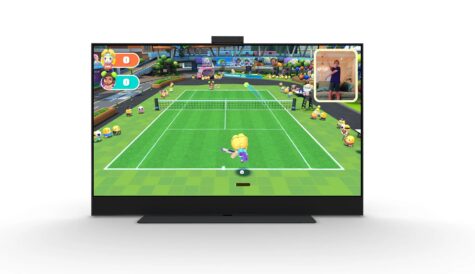Nielsen integrates Gracenote smart TV data
Nielsen has announced plans to use Gracenote’s real-time smart TV data to enhance Nielsen Marketing Cloud’s Data Management Platform (Nielsen DMP).
Nielsen said the collaboration will boost Nielsen DMP’s audience targeting, consumer analytics and measurement capabilities by connecting Gracenote viewership data with a range of its own first- and third-party consumer data.
This will give “person-level consumer insights” and allow brand marketers and advertisers to know what audiences are watching in local and national markets on linear TV, on-demand and DVR, according to the company.
Gracenote, which is owned by Nielsen, gathers smart TV viewing data in real-time using its patented Video Automatic Content Recognition (ACR) technology. This is used in more than 27 million smart TVs across eight global consumer electronics brands.
Gracenote ACR technology identifies TV programs, movies, ads and video games being viewed in real-time and logs how long consumers engage with content and when they tune out.
Nielsen said that using this data will help bring the industry “one step closer to standardised audience segments across linear, advanced TV and digital”.
“Gracenote ACR technology is bridging linear TV with the marketing and measurement capabilities that we’ve come to expect from the digital world,” said Kelly Abcarian, senior vice president, product leadership for Nielsen.
“This is the first time that we are making Gracenote Smart TV segment data widely available to marketers and media owners who are looking for a deeper understanding of TV viewership across all platforms and services so they can seamlessly optimise and activate buying across linear TV and digital video and provide a more accurate measurement of ROI.”
Damian Garbaccio, executive vice-president, Nielsen Marketing Cloud, said: “We are connecting Gracenote’s real-time Smart TV viewership data to the entire Nielsen audience data universe that lives in the Nielsen Marketing Cloud. This helps our clients better understand individual consumer behaviour across media touch points to improve marketing and sales impact across traditional and digital channels.”



